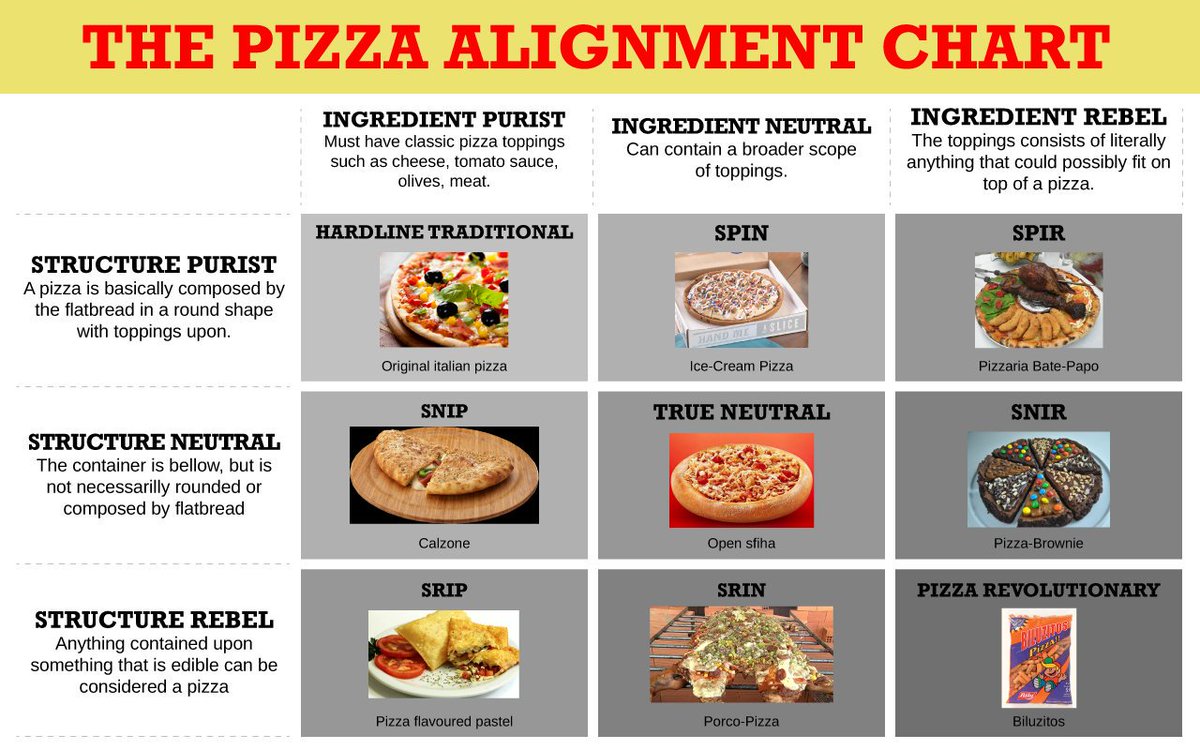Sandwich Alignment Chart: The Ultimate Guide To Perfecting Your Sandwich
Creating the perfect sandwich is an art form that requires precision and understanding of ingredient compatibility. A sandwich alignment chart serves as a valuable tool for both amateur cooks and professional chefs alike. By following this guide, you can elevate your sandwich-making skills and ensure every bite is a delightful experience.
In today's culinary world, the sandwich has evolved far beyond the basic bread-and-cheese combination. With countless variations and ingredient possibilities, it can be overwhelming to decide which ingredients work best together. That's where the sandwich alignment chart comes in, offering a systematic approach to crafting the ideal sandwich.
This article will explore everything you need to know about sandwich alignment charts, from their origins and importance to practical tips for using them effectively. Whether you're a home cook or a professional chef, this guide will provide you with the expertise, authority, and trustworthiness needed to master the art of sandwich-making.
Read also:Jimmy Fallon Birthday A Celebration Of Laughter And Talent
Table of Contents
- What is a Sandwich Alignment Chart?
- The History of Sandwich Alignment Charts
- Why Are Sandwich Alignment Charts Important?
- Types of Sandwich Alignment Charts
- Choosing the Right Ingredients
- How to Design Your Own Sandwich Alignment Chart
- Practical Tips for Using Sandwich Alignment Charts
- Examples of Sandwich Alignment Charts
- Benefits of Using Sandwich Alignment Charts
- Conclusion and Next Steps
What is a Sandwich Alignment Chart?
A sandwich alignment chart is a visual tool designed to help cooks and chefs create balanced and flavorful sandwiches by aligning ingredients based on their flavor profiles, textures, and nutritional values. The chart typically categorizes ingredients into groups such as proteins, cheeses, vegetables, condiments, and bread types, providing guidance on which combinations work best together.
For example, a sandwich alignment chart might suggest pairing roasted chicken with brie cheese and arugula, or bacon with cheddar and tomatoes. By following these guidelines, you can ensure that your sandwiches are not only visually appealing but also delicious and satisfying.
The History of Sandwich Alignment Charts
The concept of sandwich alignment charts originated in the culinary world as chefs sought ways to simplify the process of creating complex sandwiches. Initially, these charts were used primarily in professional kitchens, where consistency and quality were paramount. Over time, as home cooking gained popularity, sandwich alignment charts became more accessible to the general public.
Evolution of Sandwich Alignment Charts
Today, sandwich alignment charts come in various formats, from simple paper-based guides to interactive digital tools. This evolution has made it easier for people of all skill levels to experiment with different sandwich combinations and find their perfect match.
Why Are Sandwich Alignment Charts Important?
Sandwich alignment charts play a crucial role in the cooking process by offering several benefits:
- They provide a structured approach to ingredient selection, ensuring balanced flavors and textures.
- They help prevent ingredient overload, which can lead to an unappealing sandwich.
- They encourage creativity and experimentation while maintaining a foundation of culinary expertise.
- They save time and effort by eliminating guesswork when assembling sandwiches.
By using a sandwich alignment chart, you can elevate your sandwich-making skills and create meals that are both satisfying and enjoyable.
Read also:September 25 Birthdays Celebrating Remarkable Individuals Born On This Special Day
Types of Sandwich Alignment Charts
Sandwich alignment charts come in various forms, each designed to cater to specific needs and preferences. Some popular types include:
Basic Sandwich Alignment Charts
These charts focus on fundamental ingredient combinations and are ideal for beginners. They typically include categories such as bread, protein, cheese, vegetables, and condiments, with suggestions for pairing each group.
Advanced Sandwich Alignment Charts
For more experienced cooks, advanced sandwich alignment charts delve deeper into flavor profiles and ingredient compatibility. These charts might include subcategories for spice levels, cooking methods, and nutritional information, offering a more comprehensive guide to sandwich creation.
Choosing the Right Ingredients
When selecting ingredients for your sandwich, it's essential to consider factors such as flavor, texture, and nutritional value. A well-rounded sandwich should have a balance of these elements to ensure a satisfying eating experience.
Key Ingredient Categories
- Bread: Choose bread that complements your chosen fillings, whether it's a soft white bread, a crusty baguette, or a whole-grain option.
- Protein: Opt for high-quality proteins like grilled chicken, roasted turkey, or plant-based alternatives such as tofu or tempeh.
- Cheese: Select cheeses that enhance the flavors of your other ingredients, such as sharp cheddar, creamy brie, or tangy feta.
- Vegetables: Add fresh, crisp vegetables like lettuce, tomatoes, and cucumbers for added texture and nutrition.
- Condiments: Experiment with different spreads and dressings to elevate your sandwich's flavor profile.
How to Design Your Own Sandwich Alignment Chart
Creating your own sandwich alignment chart is a rewarding process that allows you to customize your sandwich-making experience. Follow these steps to design a chart tailored to your preferences:
- Determine the key ingredient categories you want to include, such as bread, protein, cheese, vegetables, and condiments.
- Research and list potential options within each category, considering factors like flavor, texture, and nutritional value.
- Experiment with different ingredient combinations to identify which pairs work best together.
- Organize your findings into a clear and visually appealing chart format, using tables or diagrams if necessary.
By designing your own sandwich alignment chart, you can create a personalized guide that reflects your unique taste preferences and culinary expertise.
Practical Tips for Using Sandwich Alignment Charts
To get the most out of your sandwich alignment chart, consider the following tips:
- Start with simple combinations and gradually experiment with more complex pairings as you gain confidence.
- Pay attention to the seasonality of ingredients, choosing fresh, locally-sourced produce whenever possible.
- Don't be afraid to adapt the chart to suit your dietary needs or preferences, such as vegetarian or gluten-free options.
- Keep a record of your favorite combinations for future reference and inspiration.
By following these tips, you can maximize the effectiveness of your sandwich alignment chart and create sandwiches that are both delicious and nutritious.
Examples of Sandwich Alignment Charts
Here are a few examples of sandwich alignment charts to inspire your own creations:
Classic Deli Sandwich Chart
This chart focuses on traditional deli ingredients, offering suggestions for pairing cured meats, cheeses, and condiments.
Vegan Sandwich Alignment Chart
Designed for plant-based eaters, this chart highlights a variety of vegetables, plant-based proteins, and dairy-free cheeses that work well together.
Benefits of Using Sandwich Alignment Charts
Using a sandwich alignment chart offers numerous benefits, including:
- Improved ingredient compatibility, resulting in more flavorful and satisfying sandwiches.
- Increased efficiency in the cooking process, saving time and reducing waste.
- Enhanced creativity and experimentation in the kitchen, leading to unique and exciting sandwich combinations.
- Greater confidence in your sandwich-making abilities, allowing you to tackle more challenging recipes.
By incorporating a sandwich alignment chart into your cooking routine, you can enjoy all these benefits and more.
Conclusion and Next Steps
In conclusion, sandwich alignment charts are invaluable tools for anyone looking to improve their sandwich-making skills. By providing guidance on ingredient selection and pairing, these charts help ensure that every sandwich you create is a delicious and satisfying experience.
To take your sandwich-making to the next level, consider designing your own custom sandwich alignment chart or exploring the various types available online. Remember to experiment with different combinations and adapt the chart to suit your personal preferences and dietary needs.
We invite you to share your favorite sandwich combinations in the comments below and explore other articles on our site for more culinary inspiration. Happy cooking!


